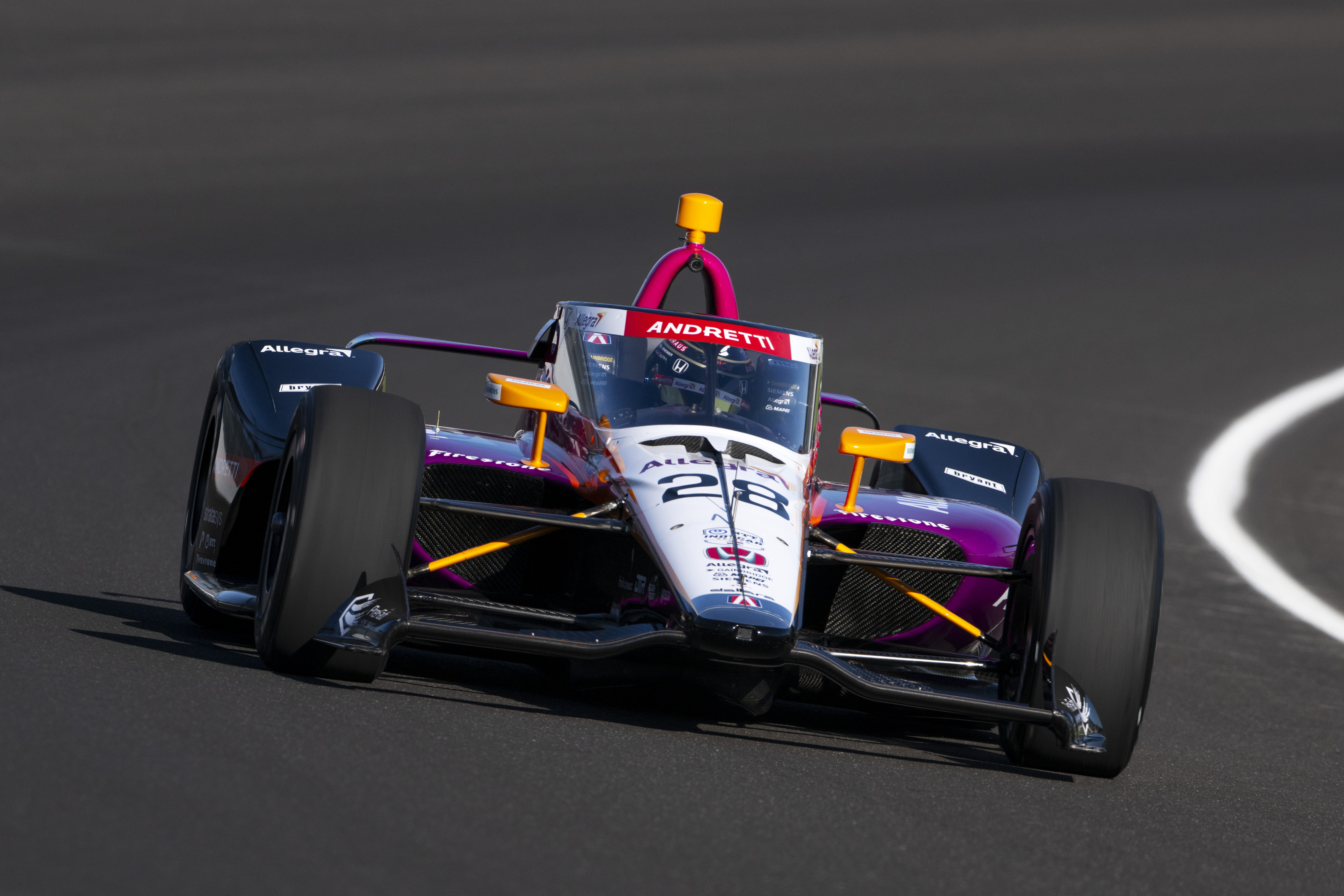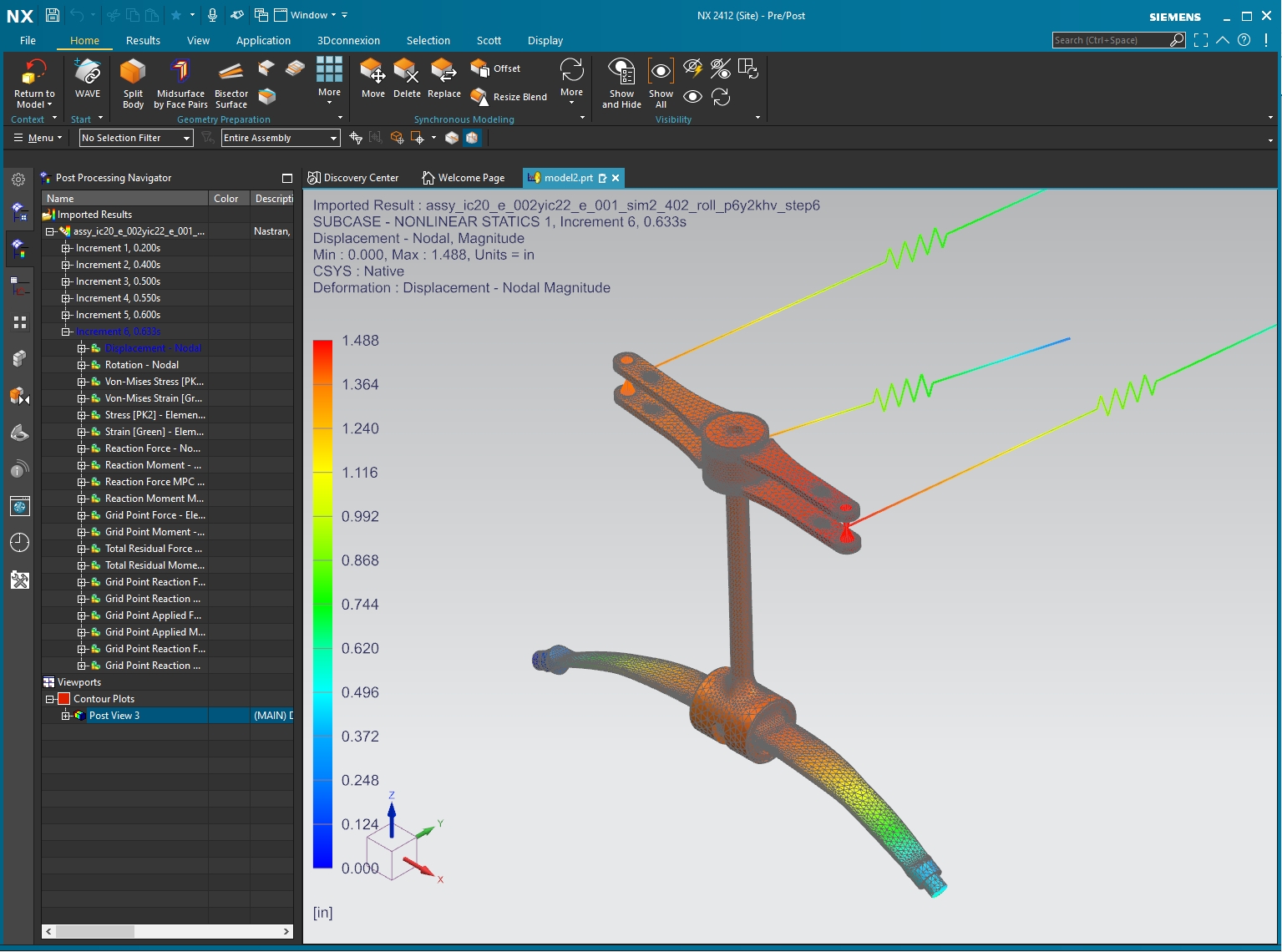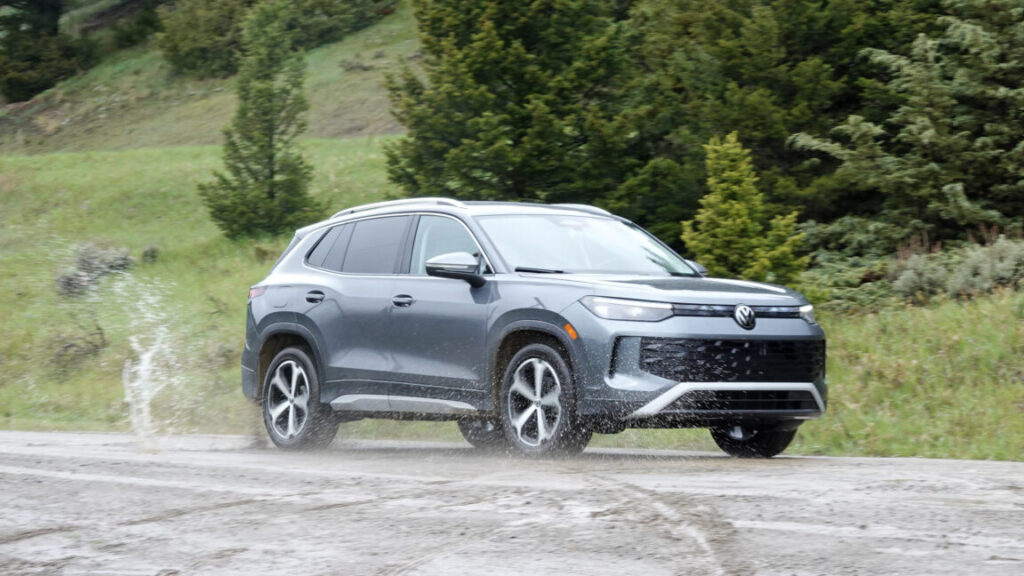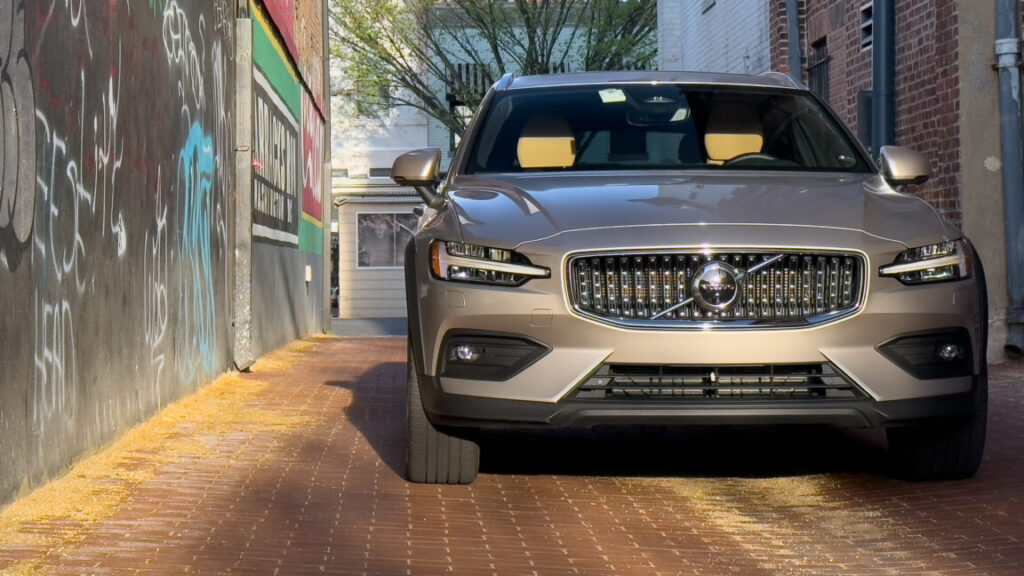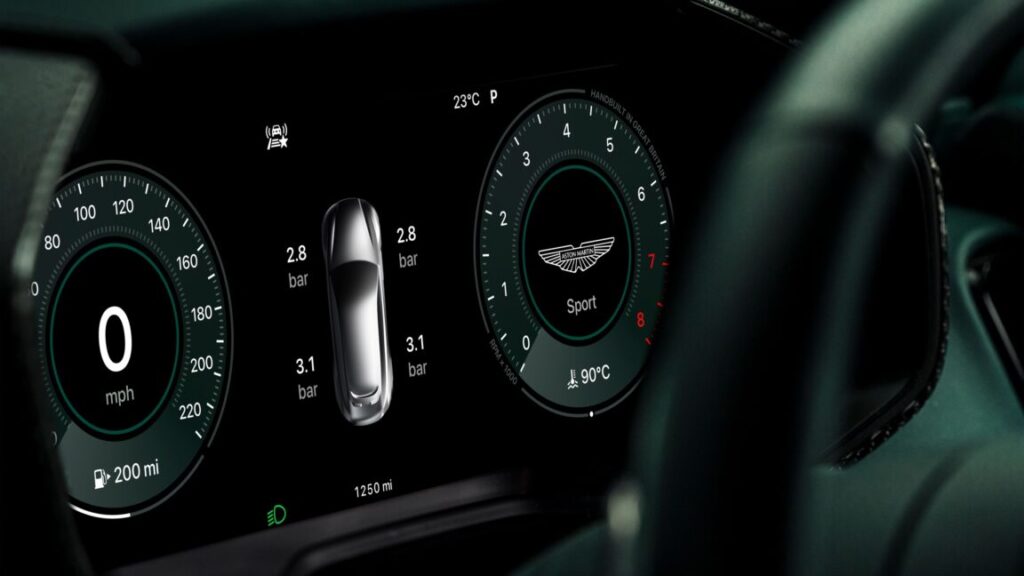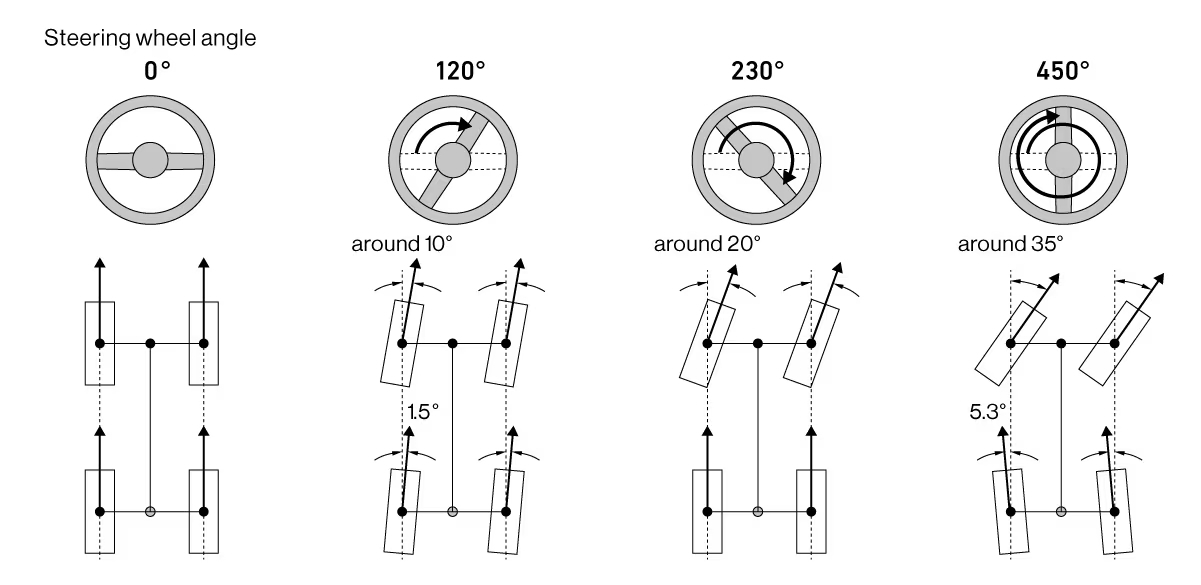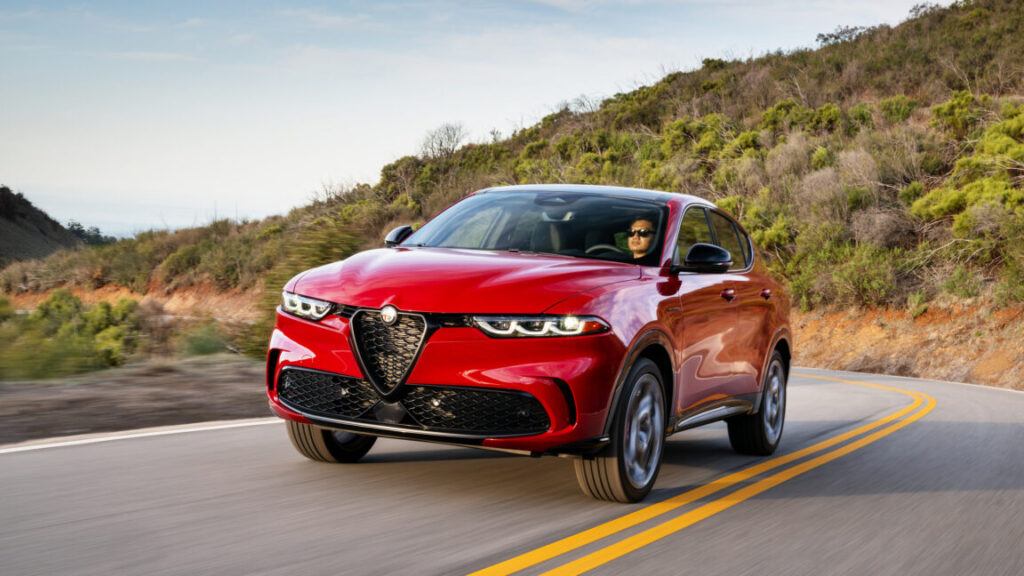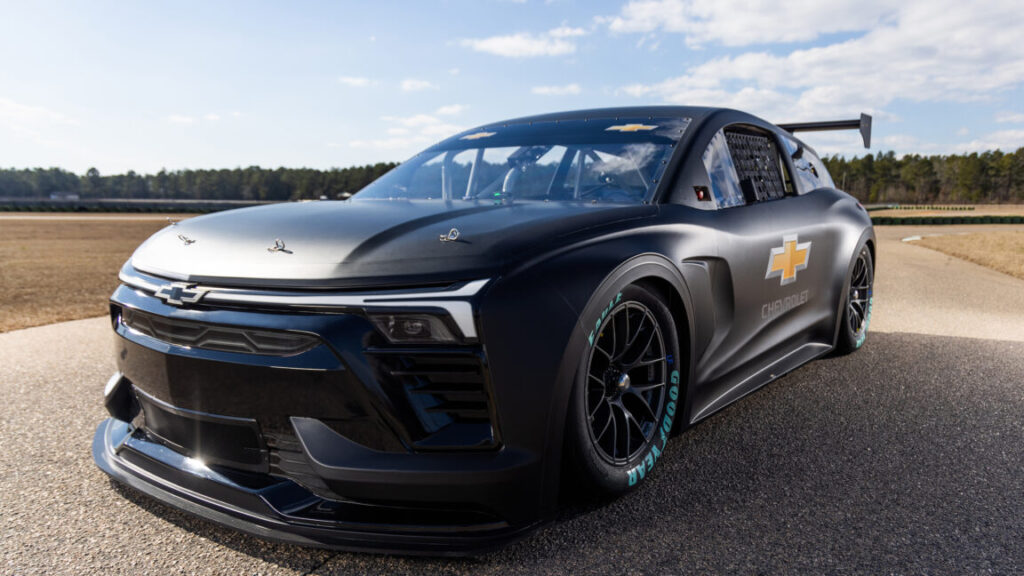F1 in Monaco: No one has ever gone faster than that
The principality of Monaco is perhaps the least suitable place on the Formula 1 calendar to hold a Grand Prix. A pirate cove turned tax haven nestled between France and Italy at the foot of the Alps-Maritimes, it has also been home to Grand Prix racing since 1929, predating the actual Formula 1 world championship by two decades. The track is short, tight, and perhaps best described as riding a bicycle around your living room. It doesn’t even race well, for the barrier-lined streets are too narrow for the too-big, too-heavy cars of the 21st century. And yet, it’s F1’s crown jewel.
Despite the location’s many drawbacks, there’s something magical about racing in Monaco that almost defies explanation. The real magic happens on Saturday, when the drivers compete against each other to set the fastest lap. With overtaking as difficult as it is here, qualifying is everything, determining the order everyone lines up in, and more than likely, finishes.
Coverage of the Monaco Grand Prix is now filmed in vivid 4k, and it has never looked better. I’m a real fan of the static top-down camera that’s like a real-time Apple TV screensaver.

The cars need special steering racks to be able to negotiate what’s now called the Fairmont hairpin. Credit: Alessio Morgese/NurPhoto via Getty Images
Although native-Monegasque Ferrari driver Charles Leclerc tried to temper expectations for the weekend, the Ferraris were in a good place in Monaco. With no fast corners, the team could run the car low to the ground without risking a penalty, and this year’s car is very good at low-speed corners, of which Monaco has plenty.
A 10th of a second separated comfortably being in Q2 from being relegated to the last couple of rows in the grid, and a very long Sunday. Mercedes’ new teenage protegé, Kimi Antonelli, failed to progress from Q1, spinning in the swimming pool chicane. Unlike Michael Schumacher in 2006, Antonelli didn’t do it on purpose, but he did bring out a red flag. His teammate George Russell similarly brought a halt to Q2 when he coasted a third of the way around the circuit before coming to a stop in the middle of the tunnel, requiring marshals to push him all the way down to turn 10.
F1 in Monaco: No one has ever gone faster than that Read More »



